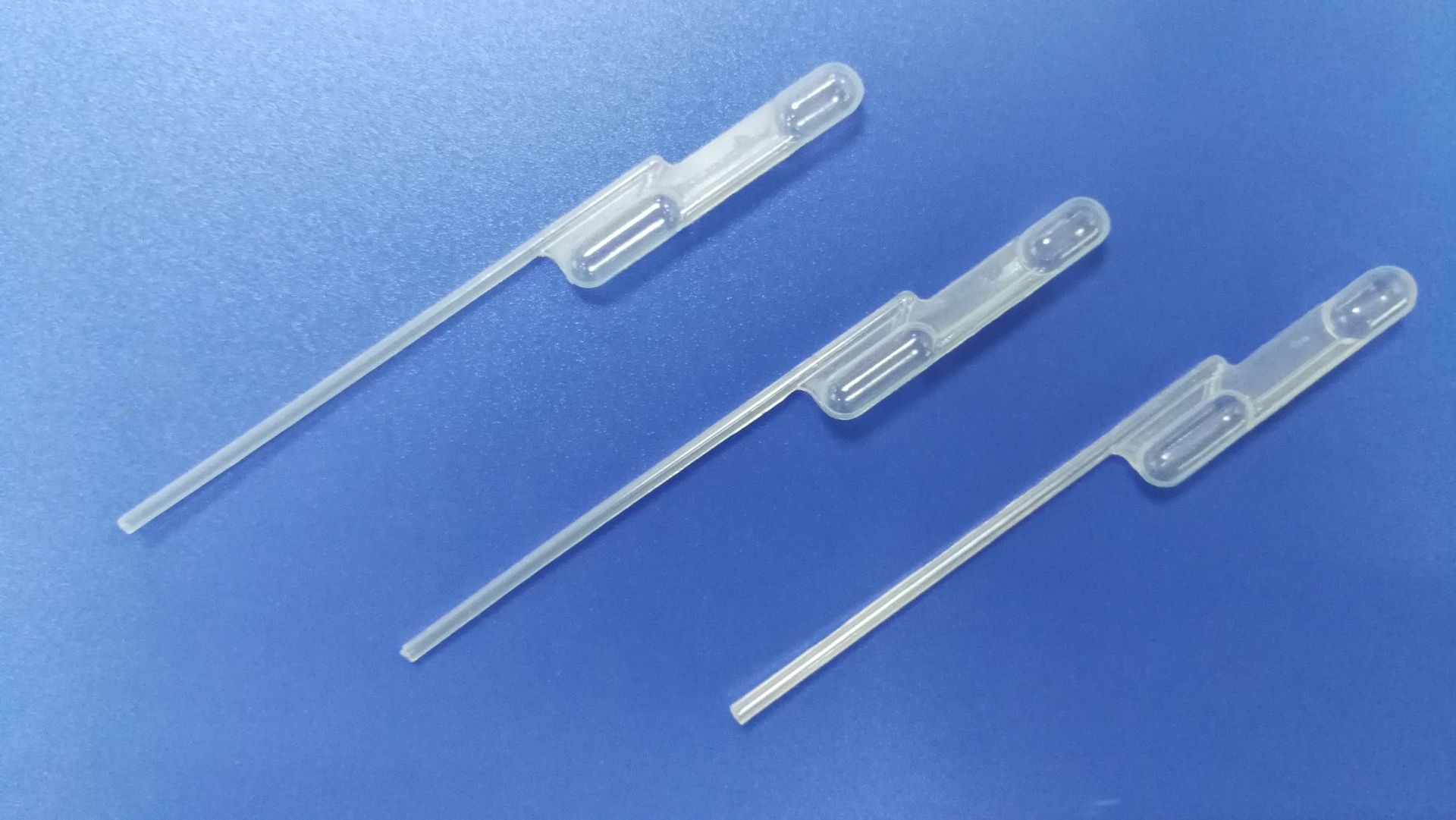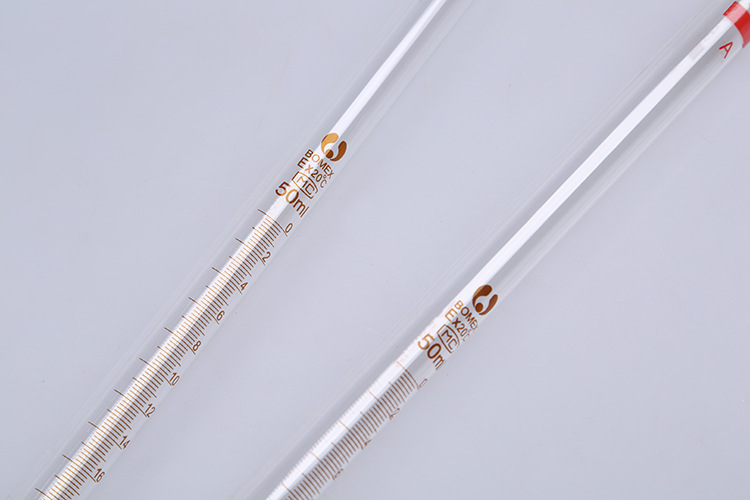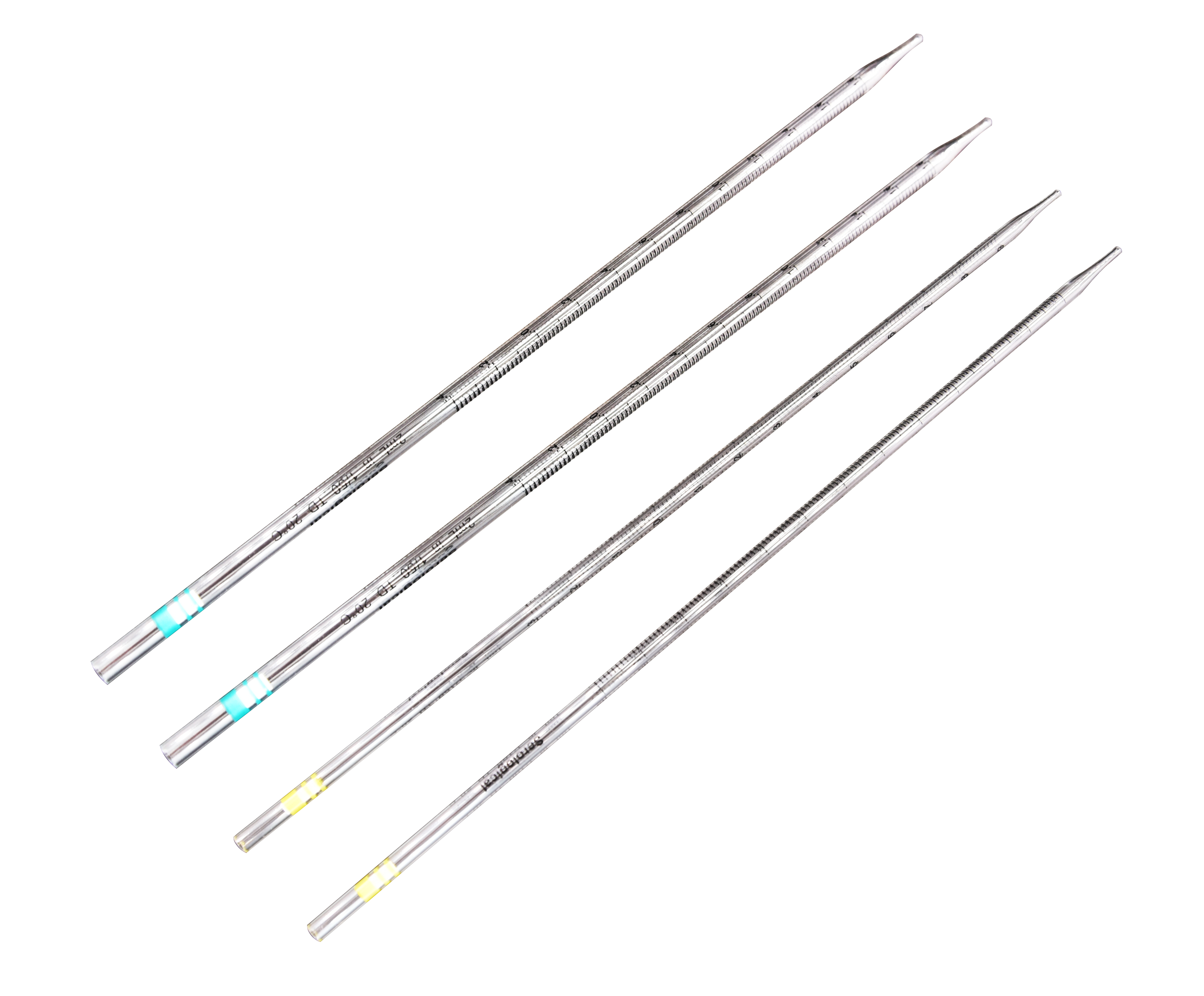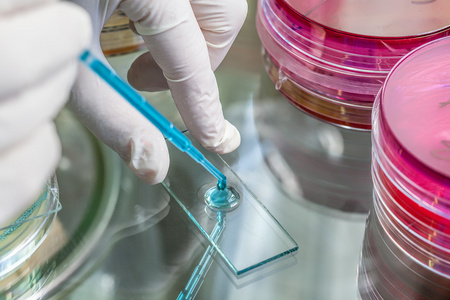Introduction and classification of micro-distributors
In the field of chemical and biomedical analysis, precise amounts of liquids are often required for drug delivery and analytical applications, and microdispensers are important devices in this process. Microdispensers can be thought of as microdosing systems, microsyringes or micropipettes. Generally, microdispensers are categorized as either closed-loop controlled dispensers or open-loop controlled dispensers.

Closed-loop control dispensers are complex systems with fluid actuators and flow sensors. The fluid actuator is a micro-pump or micro-valve. In a closed-loop control dispenser, the flow signal is fed back to a controller and compared to a set value. The control signal from the controller is connected to the pump actuator or valve to regulate the set flow rate.
This type of distributor is suitable for continuous flow systems. For fixed volumes of fluid, errors may occur during the start and stop phases of the system.
An open-loop control dispenser is a single device that can be categorized as a droplet dispenser and an in-channel dispenser. The droplet dispenser produces a constant volume of external droplets for applications such as inkjet printing. In-channel dispensers are equipped with droplets for further use on the same chip or other systems.
In-channel dispensers are currently recognized as a microfluidic branch based on continuous-flow droplets, which encompasses a variety of methods for in-channel droplet generation, primarily for use in chemistry, materials, and pharmaceutical sciences.
In general, dispensers can be categorized according to the driving principle and the splitting mode of droplet formation. The formation of droplets in the channel can be achieved by both passive and active methods .
In a passive microfluidic device, fluid instabilities in droplet formation can be created by introducing an immiscible fluid (called a dispersed fluid) into a continuous fluid. In active devices, the interfacial instability of droplet formation is modified using an external energy source.

Commonly used methods of microdispensing actuation, i.e. droplet formation, are thermo-pneumatic (hot air bubbles), thermo-mechanical, electrostatic, piezoelectric, pneumatic, electrochemical, and electric. Droplet dispensers offer the advantage of large numbers of simultaneous drug delivery, which is common in biochemical applications. In-channel dispensers are simple to operate and have the advantage of monolithic integration.
In the microfluidic literature, droplet-based microfluidics also includes the manipulation of discrete droplets on a planar surface using electrowetting or dielectrophoresis, which is referred to as digital microfluidics.
| microdistributor | |||
| Closed Loop Control Distributor | Open Loop Control Distributor | ||
| Pumps and flow sensors Valves and Flow Sensors | Droplet dispenser | In-Channel Distributor | |
| hot steam thermomechanical electrostatic protection piezoelectric | active | passive | |
| magnetically electrical piezoelectric surface acoustic wave mechanically thermodynamic | |||
In-Channel Distributor Applications
The main applications of in-channel droplet formation include cell culture, particle fabrication for drug carriers, high-throughput single-cell screening and drug testing.
Droplets with a microliter volume provide a suitable microenvironment for cell culture with precise control of cell counting and cell type. Cells captured in the droplets can be analyzed and manipulated, and even cultured if transported through the device and the droplets are supplied with sufficient oxygen.
Cultures can be categorized by the expression of fluorescent proteins or the number of cells. Lysis of cells within a droplet can also be achieved by various methods, such as electroporation, where a volume of lysis buffer is introduced into the cell droplet during droplet formation.
Enabling sustained release of drug loading can be achieved by modifying the internal structure of the droplets with double or multiple emulsions to adjust the drug release profile of the particles. The particle size that determines drug loading and release time can be controlled by adjusting the flow rate, surface tension and viscosity of the solution.

Droplet formation in passive channels
The development of droplet formation in multiphase systems has led to the emergence of a new class of microfluidics called droplet-based microfluidics, dealing mainly with droplet formation for sampling purposes in analytical systems or for microencapsulation and particle synthesis in pharmaceuticals and materials science. This concept can be applied to the controlled dispensing of droplets.
The basic condition for droplet formation is the immiscibility of the sample fluid and the carrier fluid. The behavior of droplet formation and the size of the dispensed droplets are determined by two parameters: the number of capillaries and the fraction of sample flow.
The configuration of microfluidic devices influences droplet formation. Hydrodynamic configurations of cross-flow, co-flow and flow focusing are mainly used to generate viscous shear for droplet breakup. In addition, channel confinement such as step emulsification, microchannel emulsification and membrane emulsification have been used for droplet formation.
The various modes of rupture for shear-based droplet formation are extrusion, dropping, jetting, tip flow, and tip multifracture, respectively. There is no tip flow and tip multifracture in cross-flow structures.
Once the viscous force falls below the confining force of the channel wall, a squeezing rupture mode occurs. This occurs when the capillary count is low. This mode occurs in cross-flow, co-flow, and flow-focused structures where the connecting regions are obstructed by dispersed fluid protrusions as they grow.
Since the continuous flow around the enlarged protrusion is restricted, a pressure gradient forms in the continuous flow through the protrusion. In other words, the increase in pressure in the continuous fluid is the main cause of droplet formation.
Once the pressure gradient is high enough to overcome the pressure inside the dispersed droplet, the droplet is formed by extrusion. The compressed droplets are typically confined by the channel walls and have a plug geometry.
Once the capillary count increases, there is a shift from a compression breakup mode to a drop breakup mode. In this case, viscous shear is sufficient to break the droplet before it grows to the blockage junction. As a result, the droplet diameter is smaller than the channel size.
at cross-flow, co-flow and focusing holes in the flow focusing geometry. In this geometry, viscous forces dominate the interfacial tension, which is responsible for stabilizing the developing droplets and preventing breakup.
Droplet formation in active channels
The formation of active droplets using external energy input provides a high degree of flexibility in controlling droplet size and production rate. More importantly, active droplet generation also allows independent control of droplet size and production frequency. The use of additional energy sources can change the balance of forces at the interface that affect the interfacial instability.
Active control of interfacial force balancing is accomplished by
(1) Use of external inputs such as electricity, magnetism and centrifugal force;
(2) Manipulate viscous, inertial and capillary forces.
The latter is achieved by varying the fluid velocity and material properties (e.g., interfacial tension, channel wettability, fluid density, and fluid viscosity).

Electrical control can be performed by applying high voltage to the fluid channel through electrodes. The application of an electric field stimulates the accumulation of charge at the liquid-liquid interface, which facilitates the control of droplet formation. Electrical control can be realized in direct current (DC), constant or pulsating voltage, and alternating current (AC) in low and high frequency modes of operation.
For ferromagnetic fluids containing magnetic nanoparticles, it is feasible to control the formation of droplets by magnetism. The droplet formation can be controlled by adjusting the induced magnetic force on the ferromagnetic fluid.
The magnetic force induced on a ferromagnetic fluid can be changed by varying the intensity of the magnetization or the gradient of the magnetic field strength. Control of the magnetic force can be obtained by varying the position and type of magnet, the polarity and the uniformity of the magnetic field.
Depending on the position of the magnet (direction of the magnetic field) and the geometry of the device, the size of the droplet and its size change.
For example, once the magnet is located upstream of the junction, the magnetic force pulls the droplet back, thereby delaying droplet formation. It leads to the creation of larger droplets.
Varying hydraulic pressure and flow resistance to control fluid velocity destabilizes the liquid-liquid interface, providing a flexible method for actively controlling droplet formation.
By using piezoelectric actuators, it is also possible to change the channel geometry for droplet generation. Piezoelectric pulsations cause the flexible channel of the PDMS material to deform in order to generate droplets on demand or to facilitate droplet generation. The profile of the piezoelectric pulsation signal affects the droplet size and its dimensional changes.
Surface Acoustic Waves (SAW) also represent another external energy input to destabilize the liquid-liquid interface.
Microchannels are realized on an interleaved transducer (IDT) that allows the diffusion of one liquid into another. The droplet size can be regulated by the channel geometry, the flow rate of the continuous liquid, the pulse power and its duration.
Flow operations for droplet formation can also be realized with the aid of micro valves. Normally open and normally closed micro-valves can be realized in the channel of the dispersed fluid. The deformation of the valve membrane causes a perturbation of the fluid velocity. The microvalves can be realized downstream of the connection, cutting the preformed droplets or the flow-focused dispersed flow into sub-droplets.
About Us
DingXu (Suzhou) Microfluidics Technology Co., Ltd. is a high-tech enterprise dedicated to the field of microfluidics. We are committed to providing customers with comprehensive microfluidic solutions, including customized microfluidic chip development, surface modification, microfluidic chip processing equipment, and microfluidic instruments. Our team boasts extensive experience and technical expertise, continuously combining professional knowledge with innovative thinking to deliver high-quality solutions. We consistently prioritize customer-centric values, embrace self-challenges, and pursue excellence. Through professionalism, innovation, and collaboration, we aim to create greater value for our customers and contribute to a brighter future in the field of microfluidics.
© 2025. All Rights Reserved. 苏ICP备2022036544号-1













